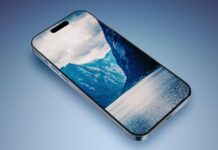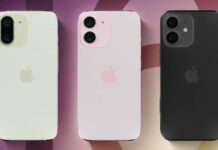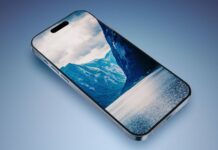[youtube]http://youtu.be/vsCER0uwiWI[/youtube]
Ieri autoritatile statului american Arizona si compania GT Advanced au anuntat ca Apple va investi 578 de milioane de dolari in urmatorii ani pentru a construi o fabrica in care vor lucra 700 de angajati si se vor produce panouri din safir. In clipul video de mai sus aveti o demonstratie a modului in care compania GT Advanced, partenera cu Apple in acest proiect, produce ecrane de safir pentru terminale mobile, iar o tehnologie similara ar urma sa fie utilizata inclusiv de catre compania Apple.
The process is relatively straightforward: a sapphire seed, about the size and shape of a hockey puck, is placed at the bottom of a single-use molybdenum barrel called a crucible. The crucible is then filled with a mixture of condensed corundum -a crystalline form of aluminum oxide- and a material called “crackle,” sapphire material left over from previous runs. The full crucible is then placed inside the furnace, where it sits atop the “finger,” a small liquid helium-cooled platform that prevents the sapphire seed from melting too early.
Nu se stie deocamdata pentru ce anume intentioneaza Apple sa utilizeze aceste panouri din Safir, insa separat de butonul Home cu Touch ID si camera principala, Apple nu mai protejeaza alte componente cu acest tip de sticla. Nu ar fi greu de crezut ca in viitor Apple ar putea inlocui Gorilla Glass-ul ecranelor iDevice-urilor cu safir, foarte multa lume laudand duritatea sa, desi cei de la Corning au incercat sa demonstreze ca produsele lor ofera totusi un nivel de protectie mai mare.
The furnace is sealed, the air is evacuated, and the temperature is brought up to 2100 degrees Celsius to allow the materials to melt together. (The video says 2200, but that’s wrong. It’s 2100, for all you making-sapphire-at-home hobbyists.) The material is put through a series of cooling cycles over the next 16 or 17 days, during which time the sapphire slowly crystallizes from bottom to top. The end result is this: a 115kg cylindrical section of industrial sapphire called a “boule.”
Daca Apple nu va proteja ecranele iDevice-urilor cu acest tip de sticla, atunci exista posibilitatea ca iWatch-ul si poate iPod-urile sa beneficieze de pe urma sa, investitia fiind una masiva de pe urma careia Apple va trebui sa profite cumva.















